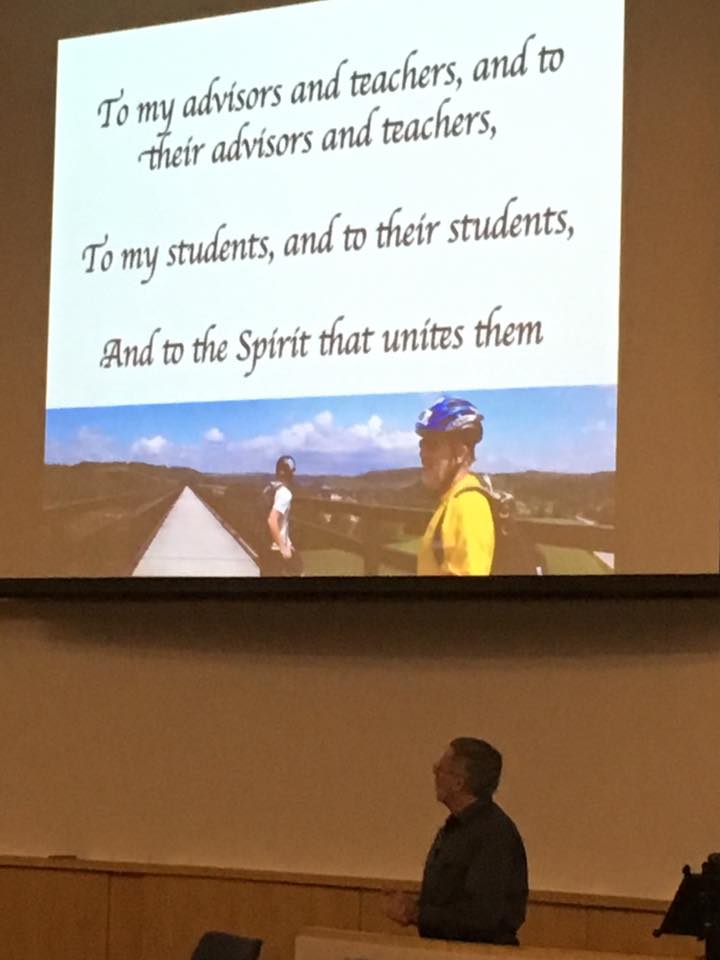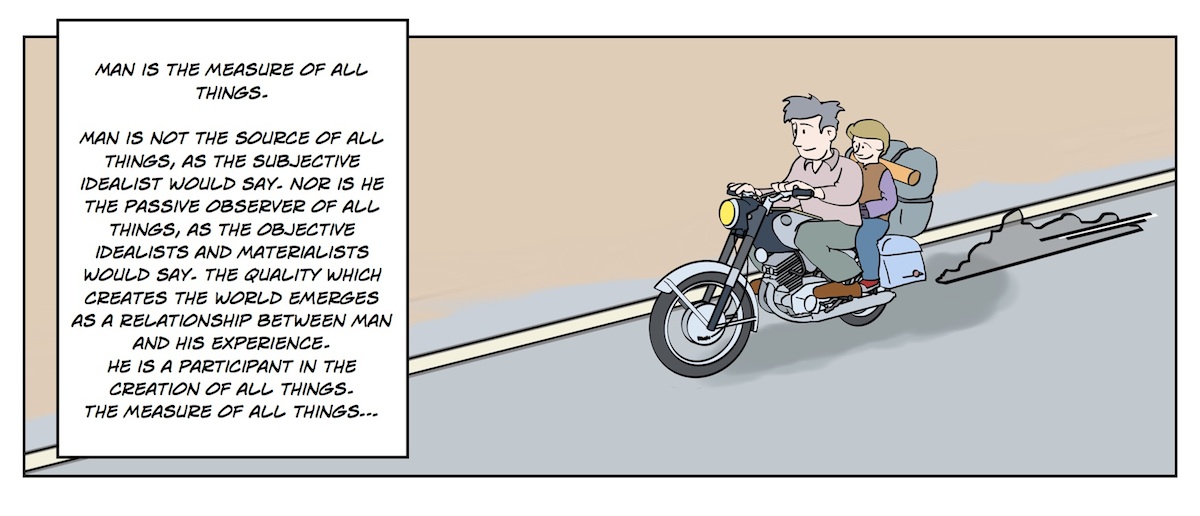It is a bit of a jolt for me to realize that it has now been more than 25 years since the publication of Rasmussen, Pejtersen and Goodstein’s (1994) important book “Cognitive Systems Engineering.” It is partly a jolt because it is a reminder of how old I am getting. I used early, pre-publication drafts of that book in a graduate course on Engineering Psychology that I taught as a young assistant professor at the University of Illinois. And even before that, I used Rasmussen’s (1986) previous book “Information Processing and Human-Machine Interaction: An Approach to Cognitive Engineering” in the same course. Yes, I have been learning about and talking about Cognitive Systems Engineering (CSE) for a long time.
It is also a jolt when I realize that many people who are actively involved in the design of complex sociotechnical systems have very little understanding of what CSE is or why it is valuable. For example, they might ask how is CSE different than Human Factors? It seems despite the efforts of me and many others, the message has not reached many of the communities who are involved in shaping the future of sociotechnical systems (e.g., computer scientists, human factors engineers, designers, chief technology officers).
It is also a jolt when I consider how technology has changed over the past 25 years. A common theme in Rasmussen’s arguments for why CSE was necessary was the fast pace of change due to advances in modern information technologies. Boy did he get that right. Twenty-five years ago the Internet was in its infancy. Google was a research project, not formally incorporated as a company till 1998. There was no Facebook, which wasn’t launched until 2004. No YouTube - the first video was uploaded in 2005. No Twitter - the first tweet wasn’t sent until 2006. And perhaps most significantly, there were no smart phones. The first iPhone wasn’t released until 2007.
I’m not sure if Jens (or anyone else) fully anticipated the full impact of the rapid advances of technology on work and life today. However, I do feel that most of his ideas about the implications of these advances for doing research on and for designing sociotechnical systems are still relevant. In fact, the relevance has only grown with the changes that information technologies have fostered. Despite the emergence of other terms for new ways to think about work, such as UX design and Resilience Engineering, I contend that having an understanding of CSE remains essential to anyone who is interested in studying or designing sociotechnical systems.



